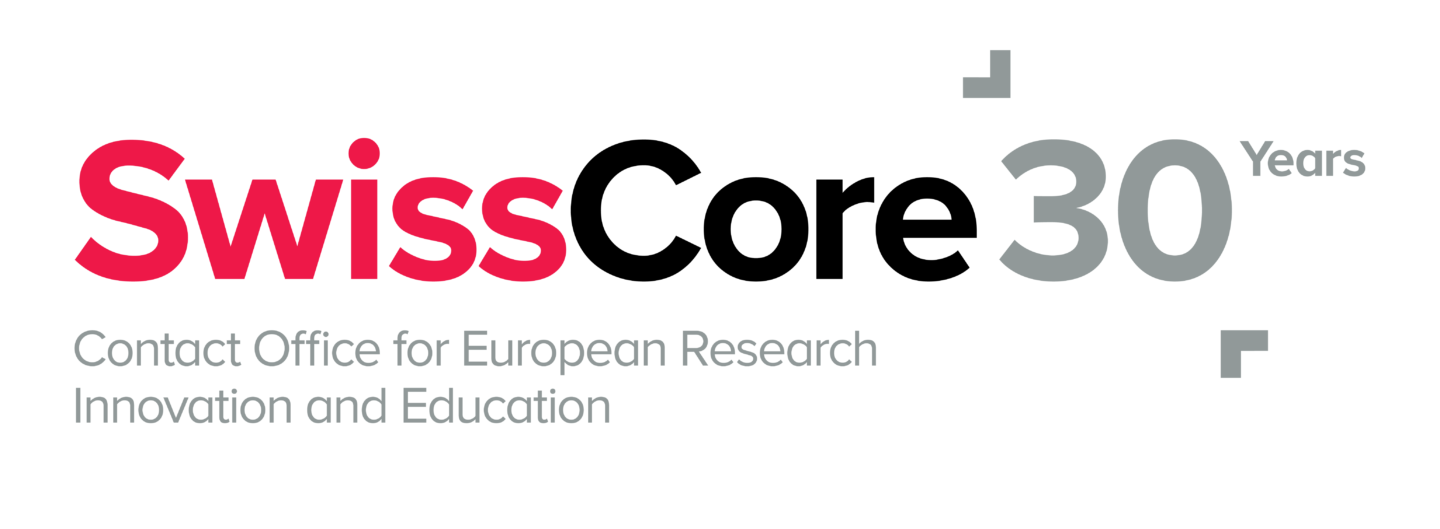More support instruments for SMEs in Horizon Europe increase their participation in the framework programme compared to Horizon 2020.
At the end of July, the European Commission published a report on SME participation in Horizon Europe. It assesses the participation of SMEs in the last three years and highlights the following main findings:
- €6.6 billion in EU contributions were allocated to SMEs, which corresponds to over 20% of all programme funding. Compared to Horizon 2020 where this figure was 17%, this represents an increase. However, the figure of €6.6 billion encompasses €5.33 billion in grants (17.3% of all grants) and €1.26 billion in direct investments through the EIC Fund. In relative terms, it means that the increase in equity investments mainly contributed to the overall increase, considering that the grant funding was just 0.3 percentage points above Horizon 2020 levels.
- While there are still many SMEs participating in Horizon Europe (7’474, 34% of all participants), the number is not increasing compared to Horizon 2020, where 41.1% of all participants were SMEs, which shows a trend that fewer but more innovative SMEs with more capital for growth are supported.
- More than half of Horizon Europe SMEs are newcomers to the programmes.
- Compared to Horizon 2020, SMEs were more successful in the first three years of Horizon Europe, increasing from 12% to 19.9%, which was also linked to a better quality of proposals.
Horizon Europe set a target for the European Innovation Council (EIC) which has to dedicate at least 70% of its budget to SMEs. This target did not exist in Horizon 2020. With an allocation of 74.8% of funds to SMEs, the EIC reached the target. Regarding the shares of funding to SMEs in the different pillars of Horizon Europe, SMEs represented in Pillar III 61.1% of participants, followed by Pillar II with 18.5%. In comparison, in pillar I they receive as expected, only 3.1% of funding, and in horizontal actions, only 6.9%. Considering SMEs participants by country, 68% were from EU non-widening countries, 18% of EU widening countries, 9% of third countries (including Switzerland and the UK), and 5% of associated countries.
Bearing in mind that Horizon Europe remains a highly competitive programme, where only a minority of high-quality applications can be selected for funding, the report also indicates that a stronger focus should be laid on the possibilities of Seals of Excellence, especially in the EIC Accelerator. There is still untapped potential by national funding bodies and the private sector in making use of this signalling device, and especially how it is combined with other sources of EU funding under shared management, such as the EU Cohesion Funds and the Recovery and Resilience Facility.
Moreover, in mid-August, a study on the evaluation support for Horizon Europe was released. It provides input to the interim evaluation of Horizon Europe, covering the first three years of Horizon Europe (2021-2023). The analysis included three clusters of Pillar II (Health; Culture, Creativity and Inclusive Society; and Civil Security for Society), the Cancer mission and seven partnerships. Overall, it shows that the administrative efficiency of Horizon Europe is increasing and showing positive results, especially regarding higher project success rates and funding allocations.
Regarding access for SMEs in Partnerships, the report highlights that it depends on the partnerships. While some partnerships do not wish to involve industry partners as it is not part of their programme design, institutionalised partnerships have made substantial efforts to increase the accessibility of their programmes to SMEs.
Finally, given the fact that synergies are high on the EU agenda, the report indicates that the Horizon Europe Regulation identified 21 EU funds/programmes, in which synergies were envisioned and desirable. Nonetheless, the evaluation only provided evidence for synergies with eight funding programmes, for instance, the European Maritime, Fisheries and Aquaculture Fund (EMFAF), the European Regional Development Fund (ERDF), the EU4Health Programme, the Digital Europe Programme (DEP), the Neighbourhoods, Development and International Cooperation Instrument (NDICI), the International Security Fund (ISF) and the instrument for border management as part of the Integrated Border Management Fund (IBMF), the European Deference Fund (EDF), and the Creative Europe Programme.

